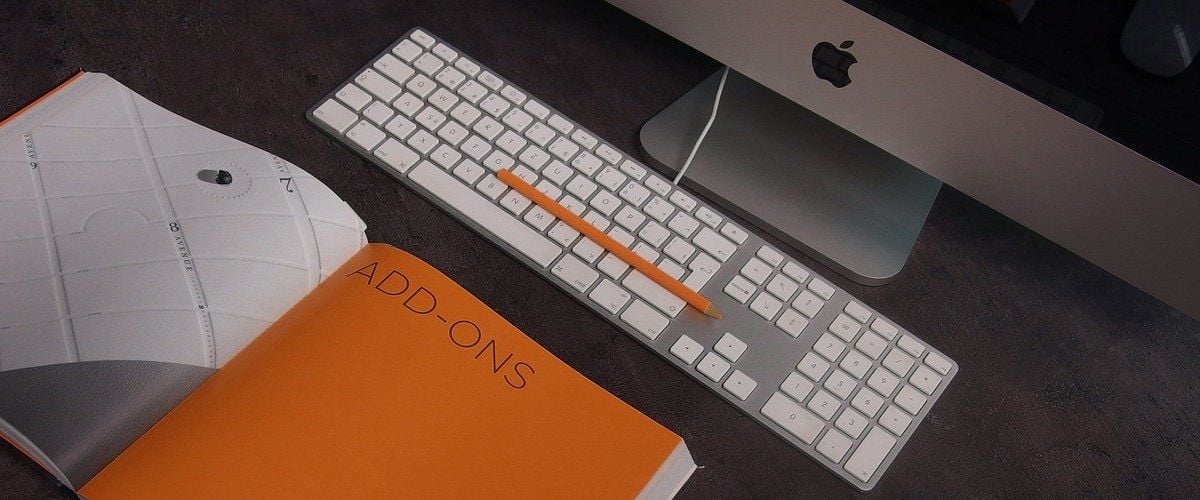

≠ (not equal to) Option 3: Hidden Characters in Other Keyboards ’ (right single quotation mark or apostrophe) ` (grave accent or backtick or backquote) º masculine ordinal indicator or degree symbol)
#Does not equal sign apple how to#
#Does not equal sign apple plus#
On your computer, you might be used to using the Shift key plus a corresponding key, the Option key plus a corresponding key, or a character keycode instead. All of these characters are accessible via a long-press of the corresponding key. Don't Miss: 32 Things You Didn't Know About Your iPhone's Keyboardīelow, I've listed all of the hidden characters you'll find on your iPhone's English (US) keyboard.

You use these to change how the pitch of a letter sounds, emphasize syllables, indicate stress, mark a letter as long or heavy, create independent letters distinct from their diacritic-less versions, and more. In the default English keyboard, you'll find composite characters using accents such as acute (á, ó, Ú), circumflex (Â, ê, î), grave (Ò, ù, Í), and tilde (ã, Ñ, õ) dots such as umlaut (Ö, ü), and other diacritics such as macron (ā, Ā), overring (å, Å), and slash (ø, Ø). Keyboards in other languages will have their own sets of hidden characters. The characters uncovered here are found in the English (US) keyboard on iOS 15 and iOS 16, but you'll also find most of them in older iOS versions too, as well as on iPadOS. These special composite characters can include accents, dots, and other diacritics, and you'll even see some strange typographical characters like the section sign, inverted marks, and per mille symbol. Over 115 secret characters are hiding behind your iPhone's default keyboard, and I'm not talking about what you see after tapping the "123" or "#+=" keys.


 0 kommentar(er)
0 kommentar(er)
